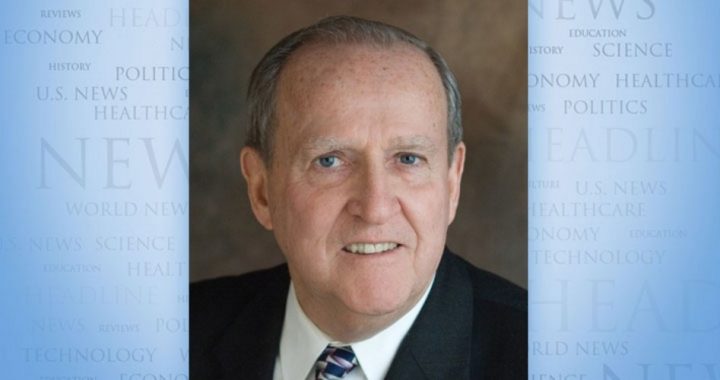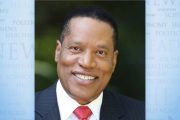
On July 1, 2015, 32-year-old Kathryn “Kate” Steinle died from a bullet wound in her back. She had been enjoying a pleasant stroll with her father along one of the piers in San Francisco’s Embarcadero district. The bullet killing her came from a gun used by Juan Francisco Lopez-Sanchez who claimed he was aiming at sea lions. One of the bullets he fired ricocheted off the pavement and struck Steinle. She died two hours later.
An illegal immigrant from Mexico, Lopez-Sanchez had previously been deported from the U.S. five times. Loose control of the Mexico-U.S. border certainly invited his return for a sixth time. But something else figured into the tragedy that claimed a completely innocent victim. Lopez-Sanchez was in San Francisco because the city had declared itself a “sanctuary city,” one where cooperation with federal immigration laws has been declared practically null.
Once a city declares itself a “sanctuary” for immigrants, local policy prohibits police or city employees from questioning detainees about their immigration status, or even cooperating with federal immigration authorities in dealing with illegal entrants. Sanchez-Lopez was a known drug dealer who had been convicted three times in the state of Washington of felony heroin possession. He had amassed seven felony convictions total, but was still free to roam the country after his latest illegal entry. Deported to Mexico time after time, his return had become a certainty. And the gun he fired when Kate Steinle died had been stolen from a federal agent’s parked auto four days earlier. Not what anyone should call a good candidate for citizenship!
The killing of Kate Steinle and the entire matter of sanctuary cities became an issue in the 2016 presidential race. GOP candidate Donald Trump mentioned Lopez-Sanchez as an example of the need to deport foreign nationals living illegally in the U.S. At first, Democratic Party candidate Hillary Clinton relied on the same term she used when questions were raised about her cavalier use of unsecured computers to conduct sensitive U.S. business. She said San Francisco had made a “mistake” in not deporting someone the federal government strongly felt should be sent back to Mexico. Clinton loves that word. Exactly one day later, the Clinton campaign effectively reversed what she had stated, claiming that Mrs. Clinton “believes sanctuary cities can help further public safety.” Choose which of those two positions you wish.
But what about sanctuary cities themselves? In effect, they constitute a thumbing of the nose at legitimate laws designed to thwart unlawful immigration. If the entire nation adopted sanctuary policy, there would soon be no nation, because, as history has shown, a nation without control of its borders soon ceases to be independent.
Arguments favoring the sanctuary declaration like to point to a seemingly related policy known as nullification, the refusal of a city or state to obey a law they claim has no legal basis. But there is a huge difference in these two ways of dealing with laws one doesn’t like. Sanctuary cities – sometimes even counties – choose to ignore federal mandates while still accepting federal aid of various kinds. Nullifiers are willing to accept the consequence of losing federal aid because of their refusal to abide by a mandate they find onerous, even abusive of higher law.
The death of Kate Steinle raised national awareness about declaring sanctuary city status. Their very existence indicates a breakdown in the essential rule of law that is the hallmark of any free country. But there has been minor reversal regarding their use. There should be consequences wherever sanctuary cities have been proclaimed. Imposing them would be one small way of honoring the memory of Kate Steinle. Doing so would also help keep our nation free and independent.
John F. McManus is president emeritus of The John Birch Society. This column appeared originally at the insideJBS blog and is reprinted here with permission.



